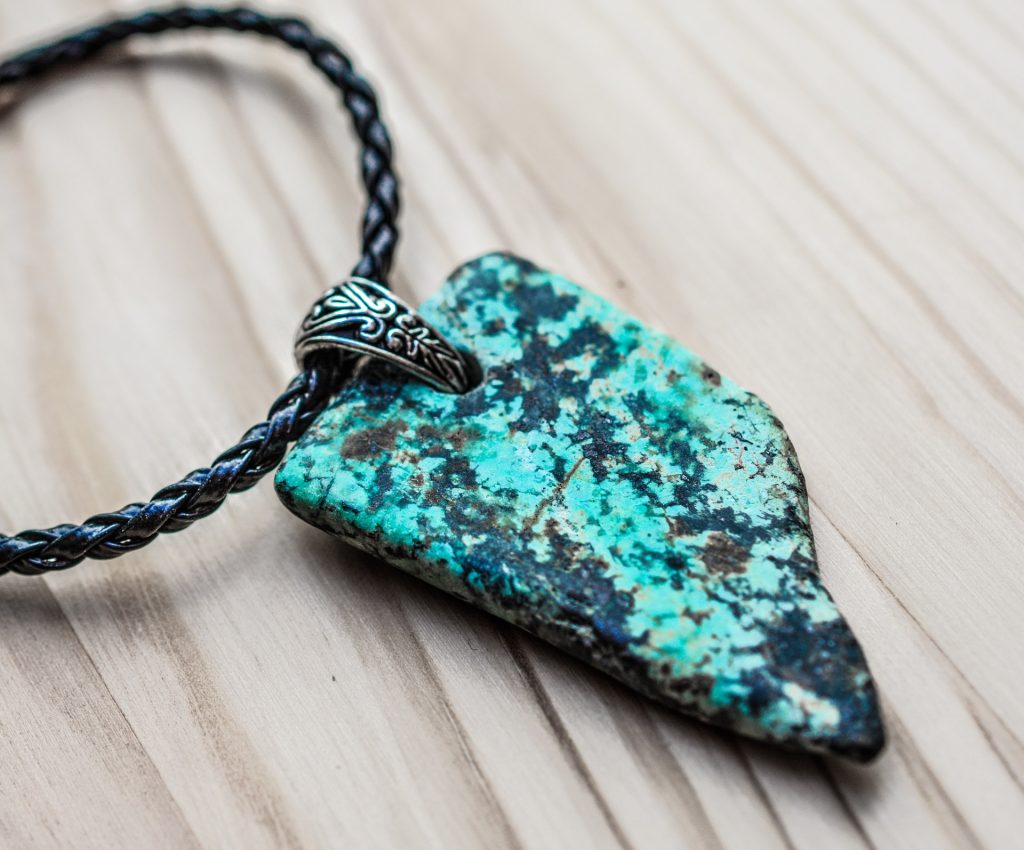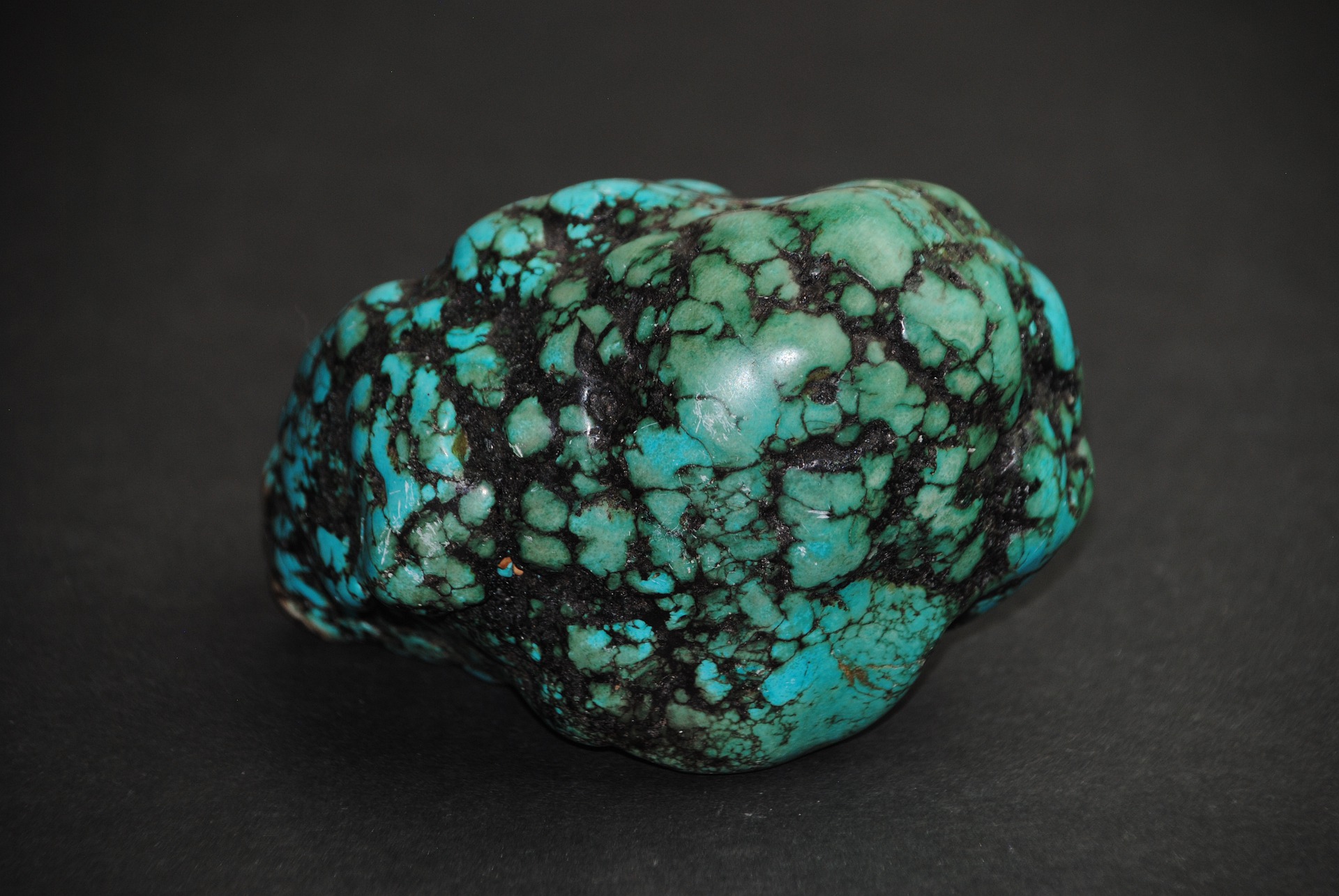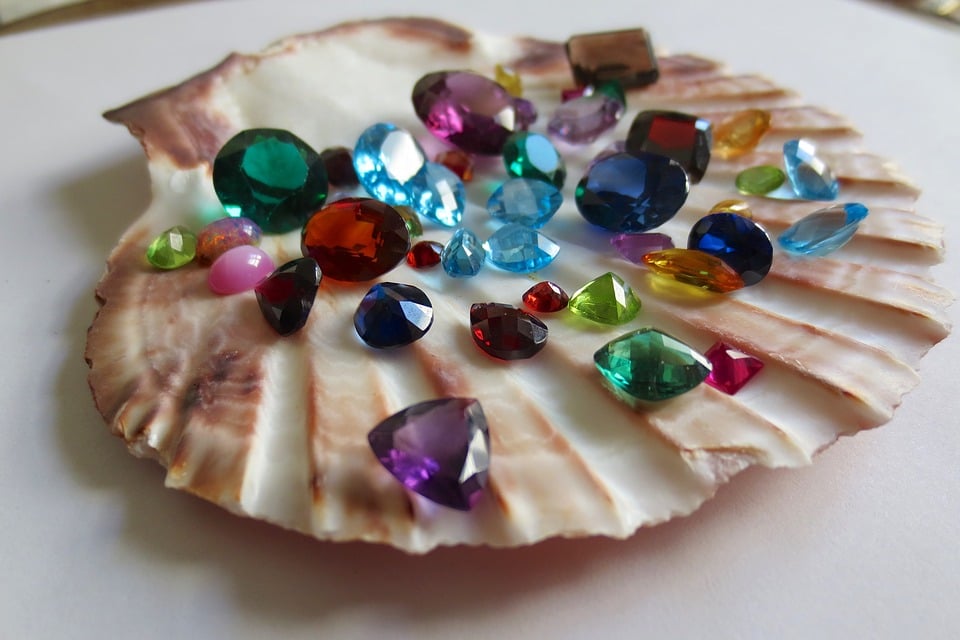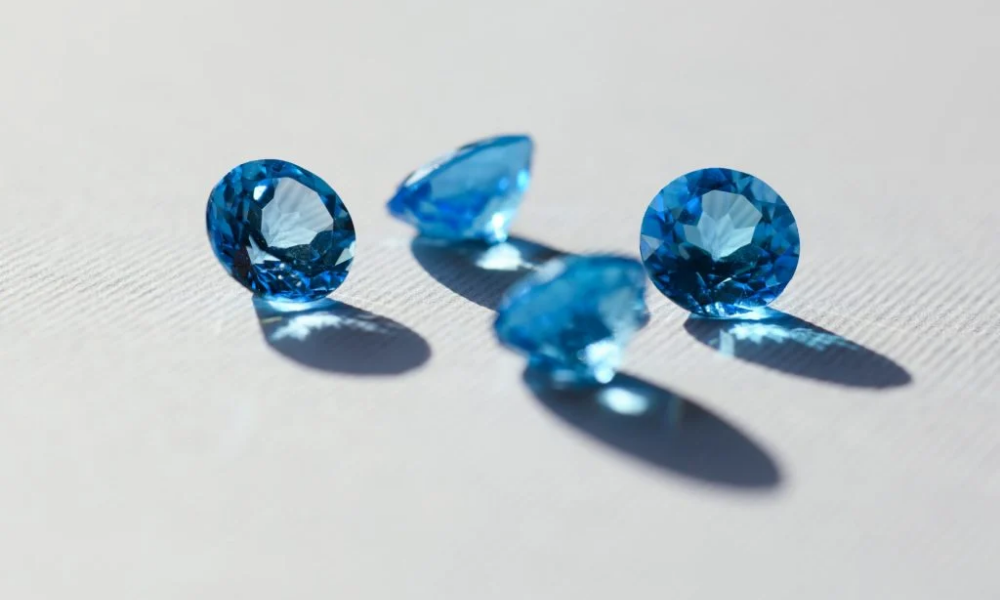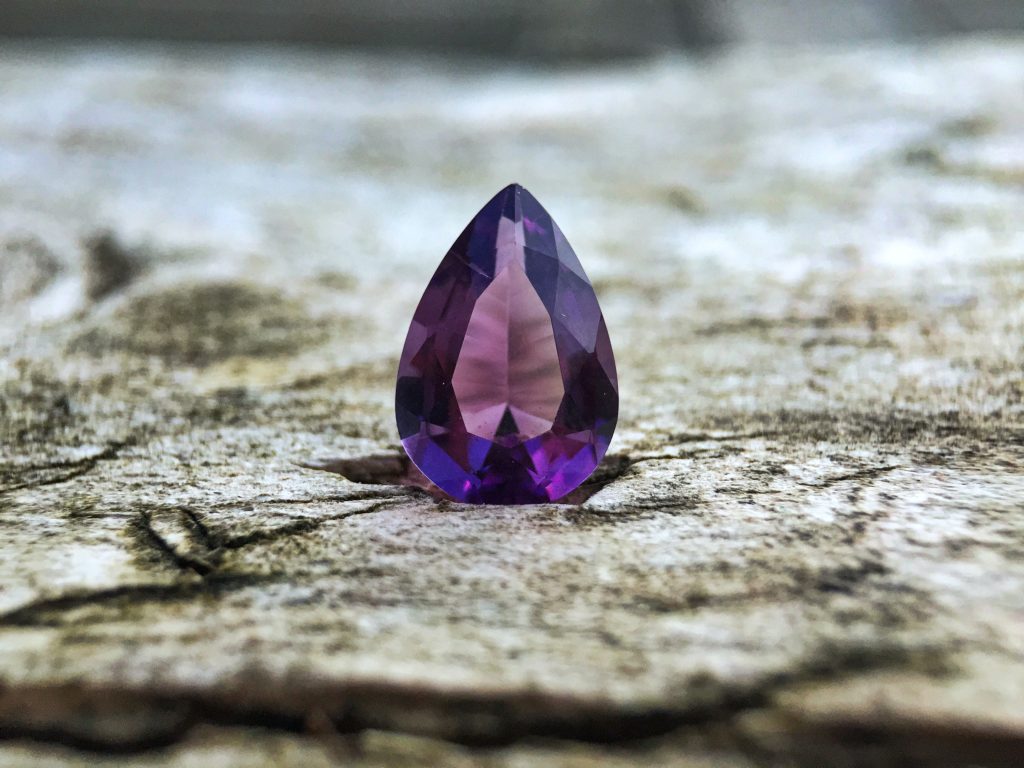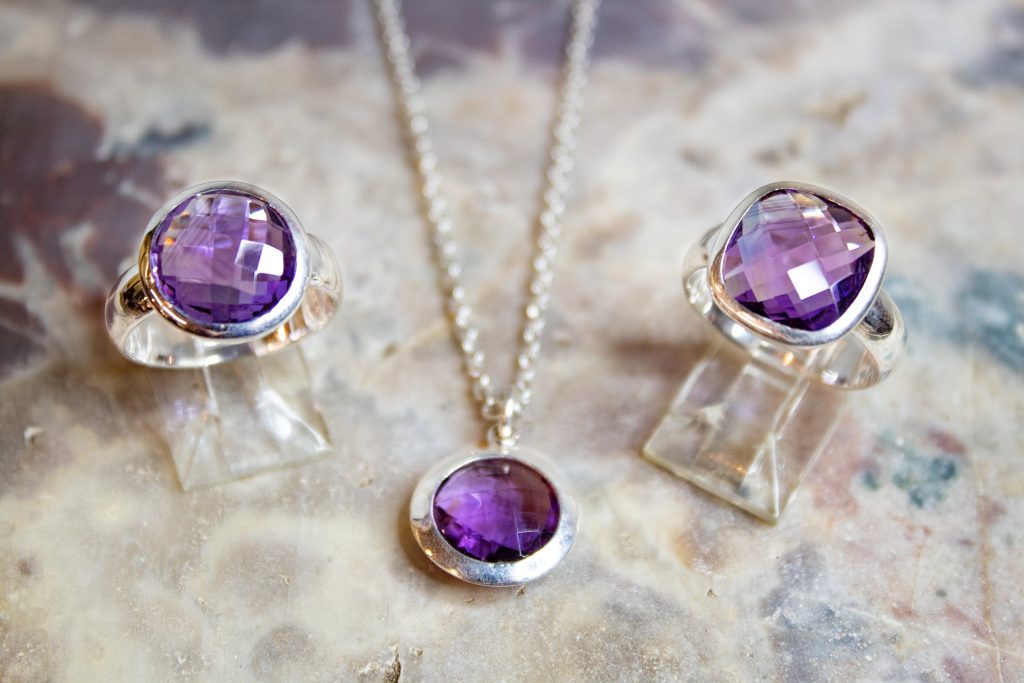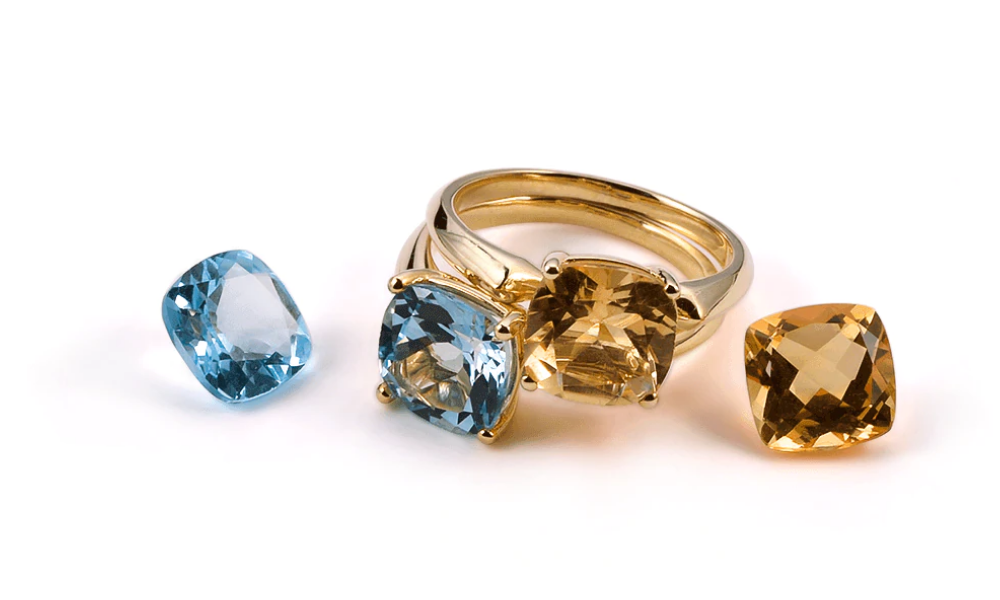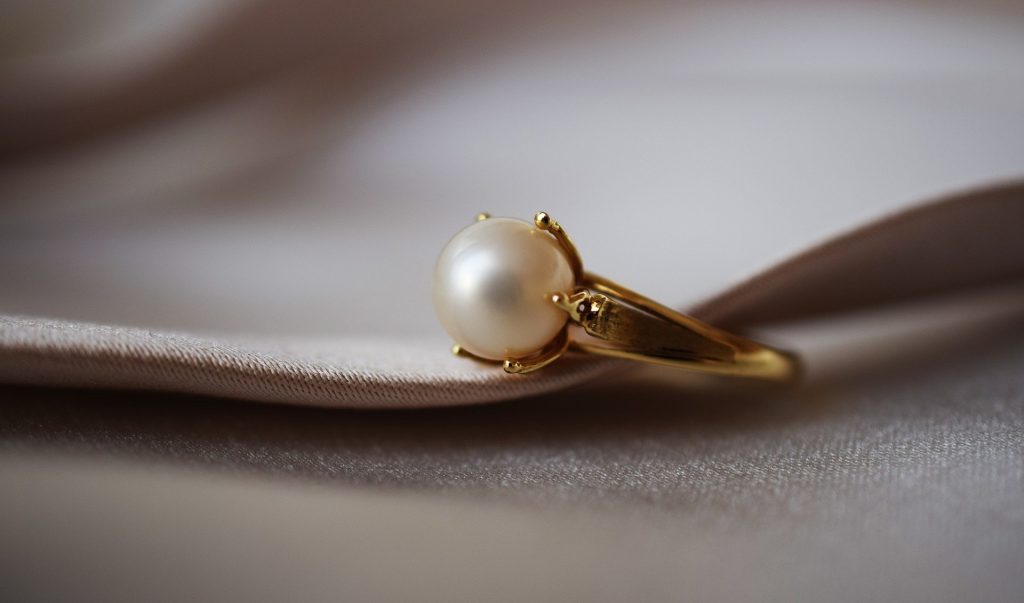All three birthstones for December are noted for their gorgeous blue hues. These diamonds range in age from the oldest on the planet to one of the first mined and used in jewelry to one of the newest discoveries. The birthstones for December are very affordable, but their beauty rivals that of priceless diamonds. Colorless zircon is a compelling alternative for diamond, tanzanite is frequently used in place of sapphire, and turquoise’s robin’s egg blue color is unrivaled. Traditionally, the December birthstone is linked to the color blue. It was very popular in Victorian jewelry. Throughout the ages, colors have symbolically represented different aspects of life.
Among the December birthstones, the blue topaz is a popular choice. This blue gemstone has been associated with peace and good health, and it is a great choice for people who like to look on the positive side of life. The name of the stone is derived from the Turkish word ‘turquoise‘. Aside from being the blue topaz, the other stones associated with December are the tanzanite and the emerald. Turquoise, Tanzanite, and Zircon are the official birthstones. Bloodstone, Ruby is the alternate birthstone for December 1st.
The 3 Main Official Birthstones
Turquoise
Turquoise is a stone that changes color with age, so it is the perfect stone for someone who wants to look on the bright side. It is also found in various shades of green. Therefore, the December birthstone is best suited for those who like to embrace the light and see the positive side of life. The stone is famous for its flickering blue flame. It is a gem known for its strength and resilience. It also promotes rational thinking. It is also useful for Sagittarians, who tend to burst forth with words before thinking. A December 1st birthstone is a perfect choice for those who want to embrace the bright side of life.
Turquoise has been prized since ancient times for its distinctive color, which ranges from powdered blue to greenish robin egg blue. It’s one among the few minerals whose name has been given to anything that looks like it. The name “turquoise” comes from the French expression Pierre torques, which refers to the “Turkish stone” imported to Europe from Turkey in the 13th century.Sky blue turquoise gemstones were traditionally found in ancient Persia (now Iran). Regardless of its origin, this color is now commonly referred to as “Persian blue.” The Sinai Peninsula in Egypt was also a major supplier of turquoise stones in the past.
The United States is presently the world’s largest provider of turquoise. Although turquoise has been mined in Nevada, New Mexico, California, and Colorado, Arizona leads the pack in terms of both quantity and quality. Because of its widespread use in Native American jewelry, the stone has become a popular choice.Turquoise is found in dry places where rainwater dissolves copper in the soil, which then mixes with aluminum and phosphorus to form colorful nodular deposits. Copper adds blue tones, while iron and chrome lend a green tinge.
Matrix, orbits of the host rock, are found in certain turquoise and appear as dark webs or patches in the substance. Although the uniform “spiderweb” pattern of Southwestern turquoise is appealing, this can diminish the stone’s value.Direct sunlight, as well as solvents such as cosmetics, perfume, and natural oils, are harmful to turquoise. Turquoise is a soft gemstone with a Mohs hardness of only 6, making it popular in carved talismans throughout history.For thousands of years, kings and warriors have appreciated turquoise, from the ancient Egyptians to the Persians, Aztecs, and Native Americans. Everything from jewelry to ceremonial masks to weapons and bridles was embellished with it.
The popularity of turquoise is eternal, thanks to its beautiful namesake color and ancient heritage.
Tanzanite
Tanzanite is the December birthstone. It is a beautiful blue stone that is widely available in jewelry. Its beauty makes it a popular choice for jewelry. It has become a national treasure of Tibet, where it is still mined today. It is also associated with peace. It is a wise choice for those who are inclined to focus on the positive aspects of life. For example, it is believed that the word “turquoise” was originally meant a stone from Turkey. During the Victorian era, it was used for ornaments and is now a popular gemstone in modern jewelry.
Tanzanite is a rare blue-purple variety of the mineral zoisite found only in one location on the planet. Tanzanite, so named because of its limited geographic origin in Tanzania, has gained prominence swiftly after its discovery.The majority of tanzanite on the market today has been heat-treated to reduce the natural brown colors and enhance the blue tints that rival sapphire.Tanzanite is still only discovered on a few square kilometers of the ground around Mount Kilimanjaro in Tanzania. Its price and availability are inextricably linked to mines in this region, the majority of which are currently experiencing significant production slowdowns.
Tanzanite has a Mohs hardness of 6.5 to 7, which is not nearly as hard as sapphire, which it frequently replaces. Tanzanite is better suited for earrings and pendants than rings due to its vulnerability to scratching and abrasion during regular wear.Tanzanite is prized by many, even if your birthday isn’t in December, because of its rich blue color and restricted supply.
Zirconia
Because of their similar names and use as diamond simulants, zircon and synthetic cubic zirconia are frequently mistaken. Few people are aware that zircon is a magnificent natural gemstone that comes in a wide range of colors. “Zircon” is derived from the Persian word argue, which means “gold-colored.” Some attribute it to the Arabic word zarkun, which means “vermillion.” Both beginnings are probable, given the wide spectrum of colors—red, orange, yellow, green, blue, and brown. Zircon is most usually found in a brownish-red color, which is famous for its earth tones. Most gem-quality stones, on the other hand, are heat treated until they are colorless, gold, or blue (the most popular color). December’s alternative birthstone is blue zircon in particular.
Color changes in zircon are produced by impurities, some of which are slightly radioactive (such as uranium). Heat is also used to stabilize the radioactivity of these jewels.While radiation can cause zircon’s crystal structure to break down, it is essential for radiometric dating. The oldest mineral on Earth, zircon, holds crucial information about our planet’s formation.Matura Diamond, a colorless zircon, with brilliance and flashes of multicolored “fire” that rival exquisite diamond. However, there is one significant difference: zircon is more brittle. Its faceted edges can chip, despite its hardness of 7.5 on the Mohs scale.Australia’s zircon dates back 4.4 billion years. Australia continues to be the world leader in zircon mining, generating 37% of the global supply. Thailand, Sri Lanka, Tanzania, Cambodia, Canada, and the United States are among the other sources.
Two Main Alternate Birthstone
Bloodstone
The natural semi-precious gemstone Bloodstone (also known as Heliotrope stone) has a solid deep green body hue with a light spray of highly contrasting and noticeable blood-red specks. The hallowed ‘Blood of Christ’ is linked to the color pattern by ancient people. Bloodstone is also the birthstone for March in Western culture.
Bloodstone is a cryptocrystalline quartz that belongs to the chalcedony family. It has a conchoidal fracture and a hardness of about 7 on the Mohs scale as a result of this. Bloodstones, on the other hand, have a little lower hardness, around 6.5.Included mineral content of at least a few percent by weight is blamed for the decreased hardness and opaque diaphaneity. The green base hues of bloodstone are hypothesized to be caused by tiny inclusions of chlorite, amphibole, and pyroxene. The red splotches represent iron oxide mineral concentrations, most likely hematite.The most coveted bloodstone has a solid deep forest green base hue. A light spattering of starkly contrasted and apparent blood-red specks is splattered on top of it. As if they were blood spatter, they are placed in a spray or a random pattern.
It’s difficult to find specimens with this favored color scheme and pattern. Some people associate this color pattern with Christ’s “Blood” and assign it religious importance. This is where the name “bloodstone” came from, as well as some of the gem’s popularity.
Ruby
Ruby is an interpreted, high-level, general-purpose programming language that supports different programming paradigms. It was created with a focus on programming productivity and ease of use. Everything, including primitive data types, is an object in Ruby.
Ruby is prized for its brilliant red color, long durability, royal history, and astrological significance. Ruby is a valuable gemstone known as the “King of Gemstones.” It is linked to the Sun, which is astrology’s most powerful planet. Ruby is a gemstone that represents honesty, power, monarchy, good fortune, and protection.
What is the Significance of the Birthstone for December?
You can choose from three birthstones if you were born in December: turquoise, zircon, or tanzanite. Turquoise is a soft gemstone that has been used in jewelry and ornamentation since antiquity. Although zircons are lesser-known gemstones, they make stunning jewelry. Tanzanite is a beautiful clear blue-violet crystal that can only be found in Tanzania.
Why are there only one birthstone for some months and two or three for others? Multiple stones for a few months, according to the website onecklace.com, provide more economical options in addition to the usual and more expensive stones. Blue zoisite was dubbed tanzanite to honor its nation of origin, to make the stones more enticing to consumers. Tanzanite was chosen to join turquoise and zircon as December birthstones by the American Gem Trade Association in 2002. Two blue-cut tanzanite gemstones are encircled by diamonds in this brooch.
What is the Origin of the Month of December?
Since the ancient Romans created their first calendar, December has signaled the end of the year and the arrival of winter. December is derived from the Latin root decem-, which means “ten,” according to its etymology… December, on the other hand, is our twelfth month. The odd numbering inconsistency also exists for September, October, and November, which refer to “seven,” “eight,” and “nine,” even though they are our ninth, tenth, and eleventh months, respectively.
Why? The old Roman calendar, on the other hand, only had ten months in the year, commencing with March. After December, January and February were added to the end of the year. However, by the time the Julian calendar was founded in 45 BCE, January and February had arrived at the start of the year, pushing all of the original months (and their names) back by two.
Is it True that December has Three Birthstones?
According to most sources, the birthstones for December are zircon, turquoise, and Tanzanite. According to some sources, there are four birthstones: zircon, turquoise, Tanzanite, and blue topaz. December is one of the most well-known birthstone months. It could be due to the high volume of shopping that occurs in December, or it could be due to the intriguing stones that are featured during that month.
Conclusion
Finally, each birthdate has a birthstone that represents something about the individual. December is one of the most well-known birthstone months. It could be because of the enormous number of shopping that takes place in December, or because of the unusual stones that are featured during that month.
The color blue is traditionally associated with the December birthstone. In Victorian jewelry, it was immensely popular. Colors have symbolically represented various aspects of life throughout history. Turquoise is a stone that changes color as it ages, making it ideal for someone who prefers to be optimistic. It also comes in a variety of green hues. As a result, those who prefer to embrace the light and see the bright side of life will benefit from the December birthstone.

